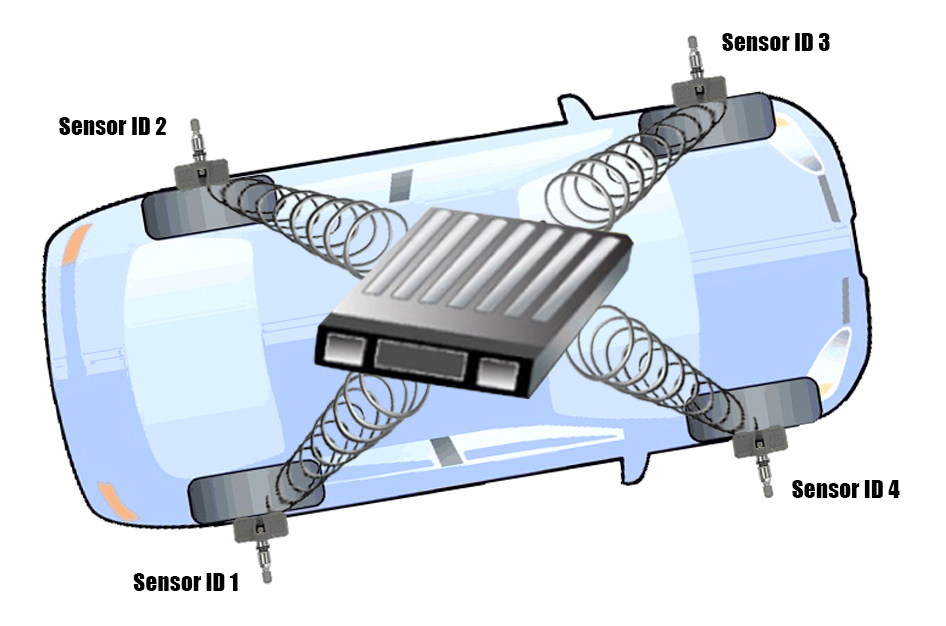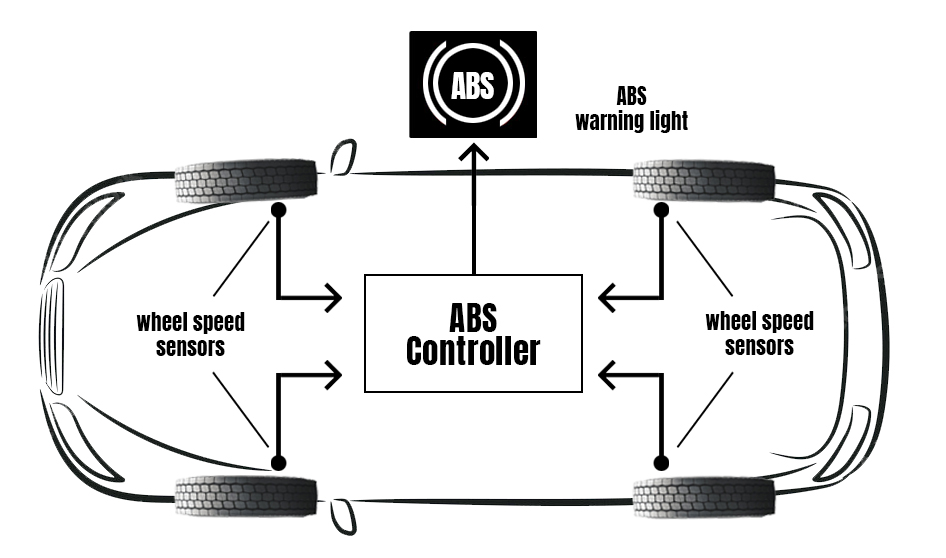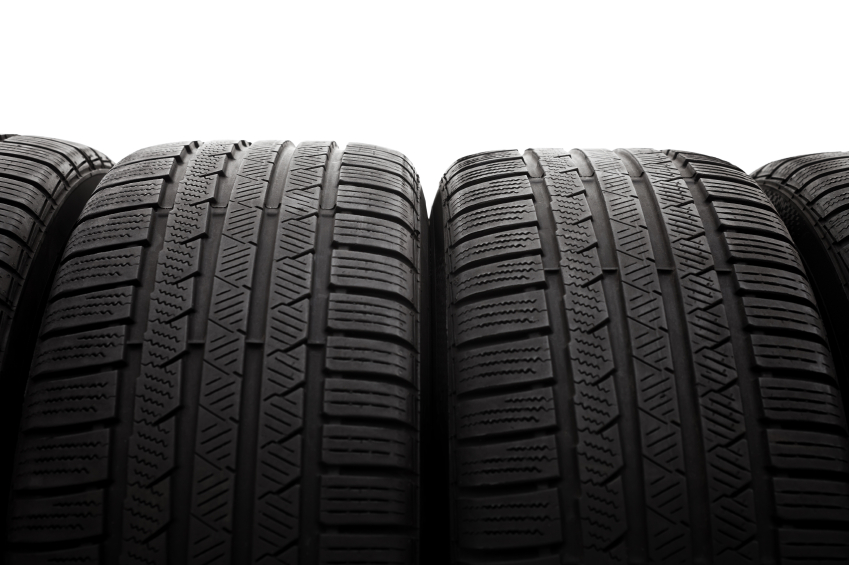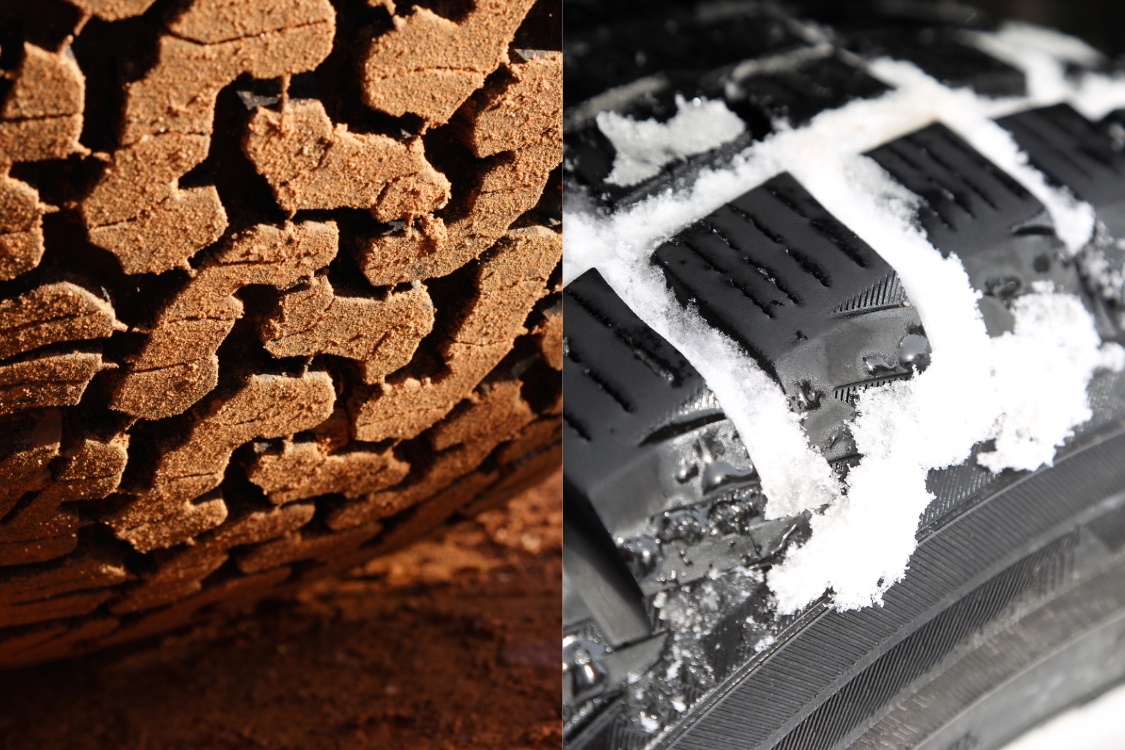Last Updated on April 21, 2024
How TPMS Sensors Ensure Safe and Efficient Driving
A TPMS sensor is a device that monitors the air pressure in a vehicle’s tires. It is usually mounted on the inside of the tire – and sends information to a receiver that is either built into the car or connected to it.
The receiver then displays the pressure readings for each tire on the car’s dashboard. The tire pressure monitoring system (TPMS) information can be displayed as a gauge, pictogram display, or a low-pressure warning light.
The purpose of a TPMS sensor is to ensure that the tires are properly inflated and functioning correctly. When the pressure in a tire falls below a certain level, the tire pressure sensor will send a warning to the driver so that actions can be taken.
What is a TPMS Sensor, and How Does it Work?
TPMS sensors can help improve fuel economy and extend the life of tires. They can also help prevent flats and blowouts by alerting drivers when a tire is low on air. They are that important, and that’s why these sensors are required on all new cars in the United States – mandated by the US government through the Transportation Recall Enhancement, Accountability, and Documentation (TREAD) Act of 2000.
Tire pressure monitoring system (TPMS) sensor operation
Direct TPMS systems use a central control module that interprets and reports the data. They can identify under-inflated tires and alert drivers to low tire pressure. Natural TPMS systems are also more accurate than indirect TPMS systems. In addition, some advanced biological systems will prompt users to check individual tire pressures from the dashboard.

| Pros – Direct System | Cons – Direct System |
|
|
Indirect TPMS systems work interestingly – as these don’t directly measure the tire’s pressure but the rate of revolution of each wheel and compare it with all the other wheel’s readings. When one of the wheels spins faster than the others, the onboard computer system declares it underinflated and reflects that assessment in the indicator.

| Pros – Indirect System | Cons – Indirect System |
|
|
The benefits of using TPMS sensors

- Help drivers maintain the correct tire pressure, improving gas mileage and extending the tires’ life.
- Help drivers avoid dangerous driving situations caused by under-inflated or over-inflated tires.
- Provide real-time information about the status of a vehicle’s tires, which can help drivers avoid getting stranded on the side of the road.
- It can help drivers save money by reducing the need for frequent tire rotations and replacements.
- It can help drivers reduce their carbon footprint by improving gas mileage.
These sensors provide several benefits, making them an essential part of any vehicle.
Early warning signs that sensors are defective
- Pressure readings that are consistently too high or too low
- Unexpected drops in pressure while driving
- A TPMS warning light that stays on or comes on intermittently
If you notice any of these signs, it’s essential to contact a professional. Ignoring defective sensors can lead to possible serious problems, such as tire failure or blowouts.
What causes TPMS sensors to fail?
One of the most common causes is simply the age of these TPMS sensors; they have a limited lifespan, and after a few years, they may malfunction.
Corrosion is also one of the most common causes of TPMS sensor failure. The resulting corrosion weakens the metal valve stem, causing it to break (exposure to road salts and moisture can accelerate this process). This failure can result in a dangerous sudden loss of air pressure,
Another common cause of failure is a malfunction of the sensor itself, as TPMS sensors are delicate and can be easily damaged by road debris or an impact from a tire change. If your TPMS sensor is damaged, it will not function as intended.
Finally, TPMS sensors can fail if they become clogged with dirt or dust. This can happen if the sensor is exposed to the elements too long. If your TPMS sensor is blocked, it may not accurately measure tire pressure.
How to prevent TPMS sensor failure
- Ensure your TPMS sensors are checked regularly, as they need to be replaced every few years.
- To prevent corrosion from damaging sensors, ensure the valve caps are intact. When these caps are damaged, air can leak out, and dirt won’t be prevented from getting into the valves.
- Change the service kit for the sensor when replacing a tire because these tpms parts are designed for one-time use only (i.e., cap, washer, nut, valve core, seal)
- Finally, be careful when changing your tires: sensors are delicate and can easily be damaged by impact.
While TPMS sensors might seem like a minor part of your car, they play an essential role in your safety and your tires’ overall health.
Remember that these sensors are essential for keeping your tires inflated to the correct pressure levels, so don’t take them for granted. If you’re ever unsure about the status of your TPMS sensor or think it may be defective, have it seen and repaired as soon as possible by a professional?
Make sure to check out our blog regularly for more articles related to tires.
FAQs
What is a TPMS sensor?
A TPMS (Tire Pressure Monitoring System) sensor is an electronic device found inside your car’s tire. This sensor monitors the air pressure inside the pneumatic tires and sends the information to the car’s computer system. If the tire pressure drops below or rises above the recommended level, the TPMS will trigger a warning light on the dashboard, alerting the driver of the pressure discrepancy.
What is the basis of TPMS?
The primary function of TPMS is to ensure that your vehicle’s tires remain correctly inflated at all times. Proper tire inflation is essential for many reasons:
- Safety: Underinflated tires can lead to tire failure, reducing the vehicle’s ability to steer, respond to slippery conditions, or stop suddenly.
- Fuel Efficiency: Properly inflated tires can improve fuel efficiency. Underinflated tires can lower gas mileage since they require more energy to roll.
- Tire Lifespan: Maintaining the correct pressure extends the tire’s life by ensuring even wear.
A vehicle equipped with TPMS will have an indicator on the dashboard, usually in the shape of a tire cross-section with an exclamation point, which illuminates when tire pressure is not optimal.
What are the three types of TPMS sensors?
There are primarily three types of TPMS systems used:
- Direct TPMS: Uses pressure monitoring sensors within each tire that monitor specific pressure levels. These sensors transmit real-time tire pressure information to the driver via a dashboard display or a warning light.
- Indirect TPMS: Doesn’t use physical pressure sensors. Instead, it measures air pressure by monitoring individual wheel rotational speeds and other signals available outside of the tire. Essentially, if a tire’s pressure is low, it will roll at a different wheel speed than the other tires, which is detected and reported by the TPMS.
- Hybrid TPMS: Combines features of both direct and indirect systems, although this is less common.
What is TPMS 1?
“TPMS 1” isn’t a standard term used in the tire industry. It’s possible that “TPMS 1” refers to a specific brand or model of a TPMS system or could be a particular iteration/version of a TPMS product. For precise information on “TPMS 1,” you’d need to refer to the context in which the term was used or check with the manufacturer or provider that uses this designation.









